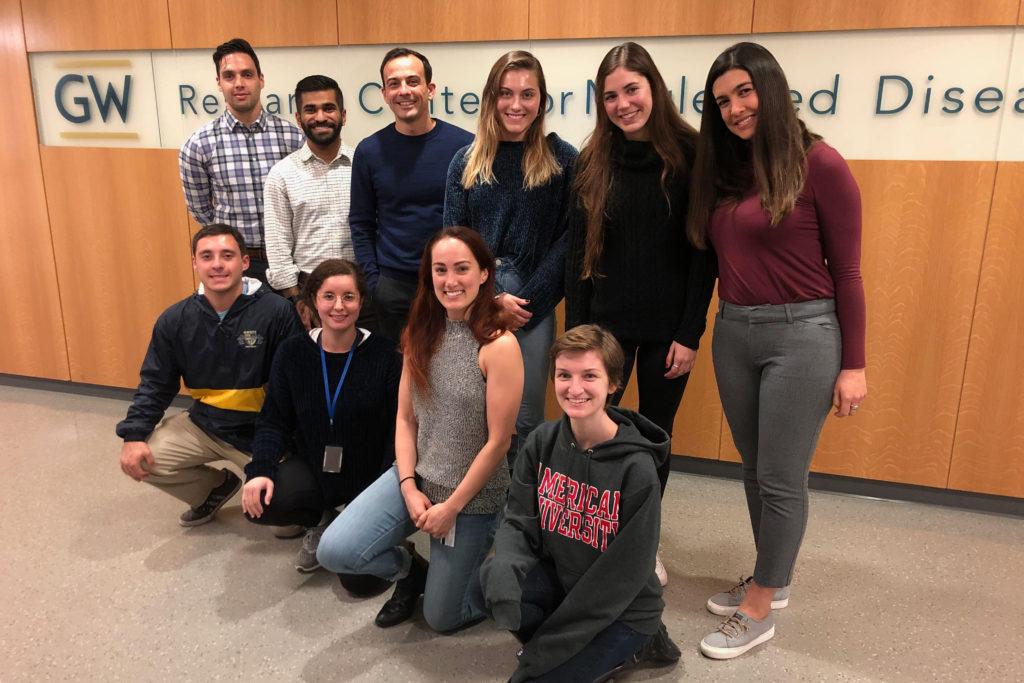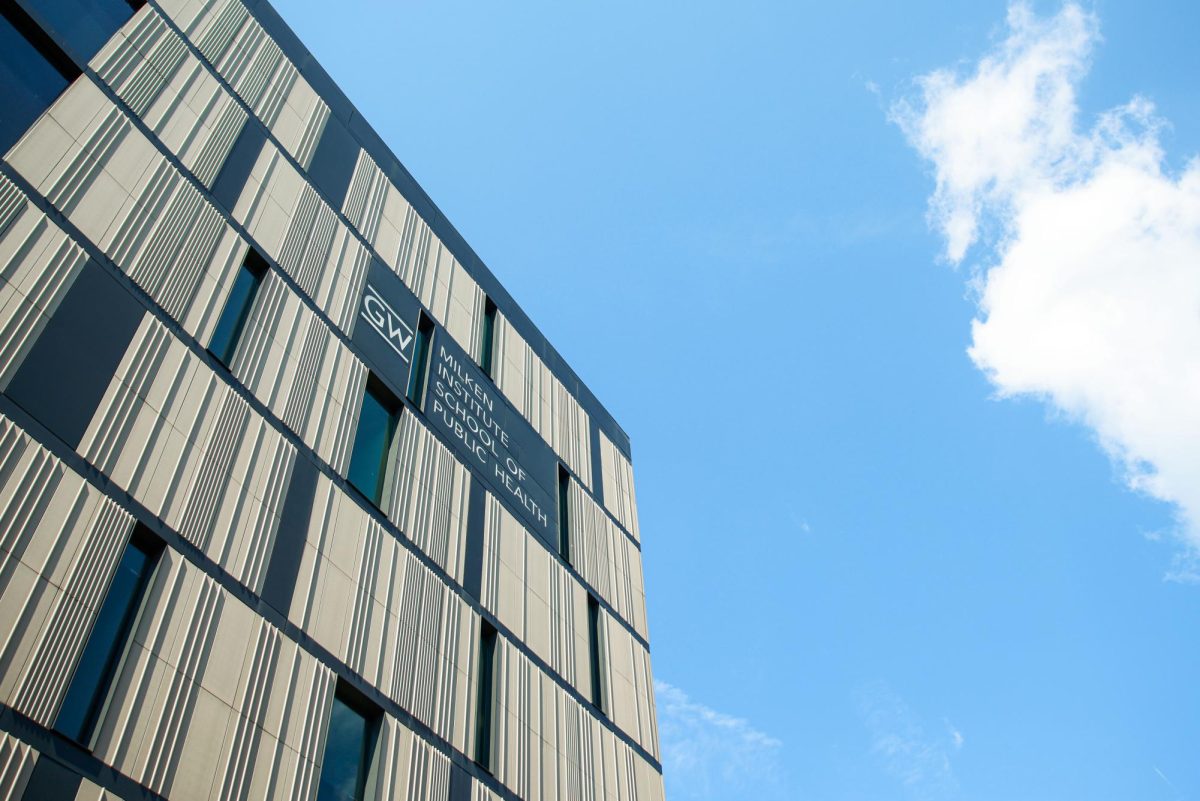The National Institutes of Health awarded a $1.6 million grant to the School of Medicine and Health Sciences to study the effects of sex hormones on inactive HIV cells, according to a press release late last month.
Alberto Bosque-Pardos, an assistant professor of microbiology who has been leading the research initiative since last June, said eliminating cells that contain HIV genetic material but don’t replicate can be the key to curing HIV. Experts in HIV research said eliminating these cells, holding “latent reservoirs” of the material, is one of the major goals in the field because understanding how these types of cells function could aid in developing a cure for HIV.
Bosque said he and his team are experimenting with the sex hormones estradiol, progesterone and testosterone to test how biological factors influence HIV latency. He said other researchers have looked into the influences of estradiol on the latent reservoir, but no research exists on how progesterone and testosterone affect HIV-related processes, like the establishment or reactivation of the reservoir.
“I’m not looking about whether or not sex hormones will be a possible solution,” he said. “It’s whether or not sex hormones have an impact on some of these processes. Because if we know that high levels of testosterone or high levels of estradiol can influence some of these strategies or cure approaches, then different clinical trials will have to take into account hormonal levels.”
Bosque said his team’s model uses human cells that are infected with HIV. He said they first take the cells from people who are HIV-negative and then infect the cells with the virus in the lab. He said the method allows his team to manipulate the systems to learn what variables contribute to the reactivation of the HIV cells.
“That allows us to be able to manipulate these in vitro systems to study what variables and factors will be contributing to the establishment or the reactivation of this latent reservoir,” he said.
Bosque said most clinical trials studying interventions for the HIV latent reservoir have used a predominantly male experimental group, constricting results to the biological and hormonal factors associated with males. His team is considering how the various factors found among diverse populations of people can affect the reservoir, he said.
“We are trying to model what will happen when some of these approaches that are being pursued will encounter diversity, and we do that in a test tube, which is in a controlled environment,” he said. “Because obviously when we are talking about women or transgender, it’s not only the biological factors but also hormonal factors, and there is a lot of confounding factors that can come into studies.”
Experts in HIV research said latent HIV cells are a significant obstacle in both curing and treating HIV because although they don’t replicate, they contain the virus’s genetic material.
Ruth Serra-Moreno, an associate professor of microbiology and immunology at the University of Rochester, said latent HIV cells can support the replication of HIV cells once they are reactivated.
“Although these latently infected cells may seem harmless since they do not support active HIV replication, they still harbor the HIV genetic material,” she said in an email. “In addition, these cells do not respond to the antiretroviral therapies that affected individuals normally take.”
Serra-Moreno said sex hormones can activate or deactivate specific genes in a cell. She said the hormones include a gene that reprograms regular immune cells into memory immune cells, which are responsible for attacking pathogens that the body has previously been exposed to or vaccinated against.
“Since HIV infects immune cells, it is very likely that during infection, the virus ends up infecting cells that will be reprogrammed into memory,” she said. “Under these circumstances, the virus is unable to take advantage of the cell for its own propagation and establishes a latent infection.”
Renee Heffron, an associate professor of global health and epidemiology at the University of Washington, said researchers have seen varying degrees of HIV infection susceptibility at different points of a female’s menstrual cycle, a period typically characterized by abnormal and varying levels of sex hormones.
“The data are very hard to interpret so we don’t have a clear picture, but we do think that there is maybe some influence of these sex hormones on susceptibility to HIV,” she said. “I think that you can draw from that there would be an interest or reason to see whether this has an impact on latency or effectiveness on a cure.”








